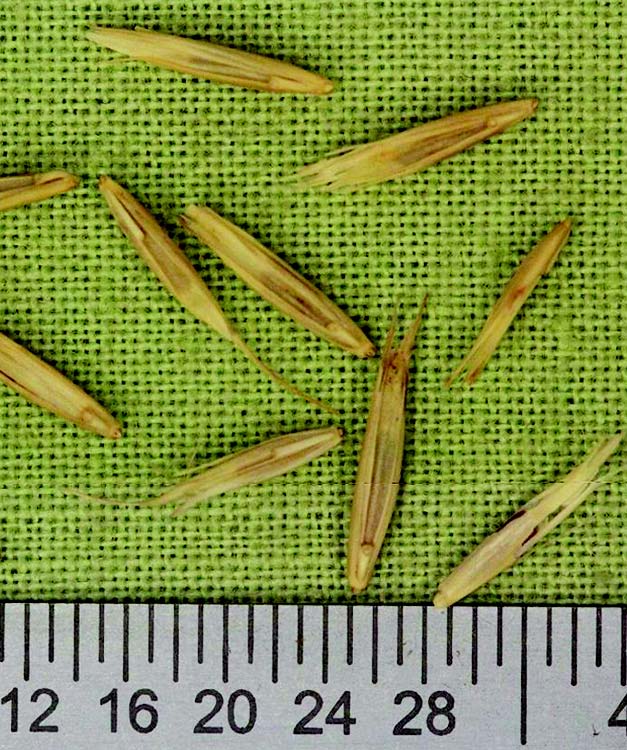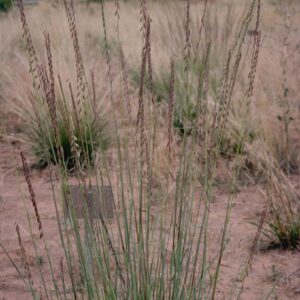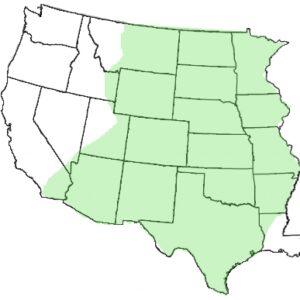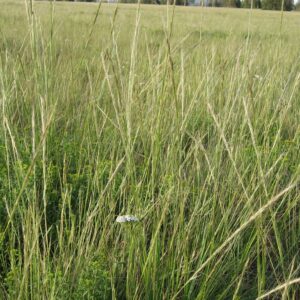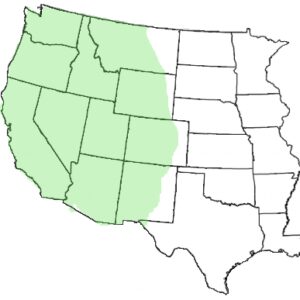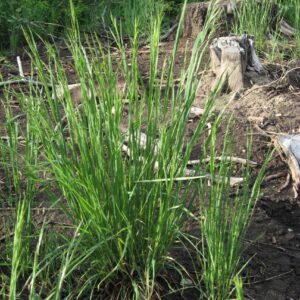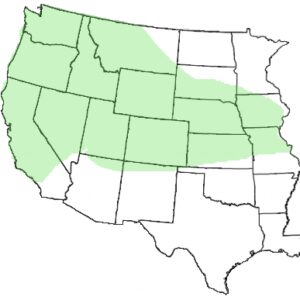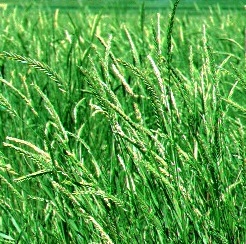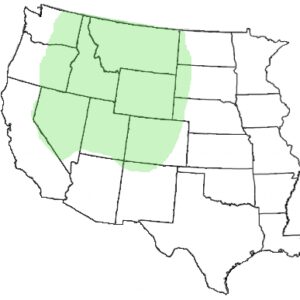Description
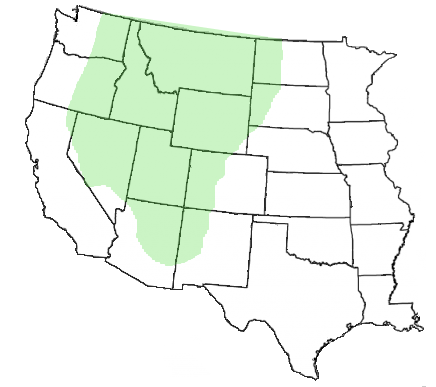 Elymus wawawaiensis, Snake River Wheatgrass
Elymus wawawaiensis, Snake River Wheatgrass
(old nomenclature: Agropyron spicatum spicatum)
Long-lived, perennial, cool-season bunchgrass, with an extensive root system and strong tillers. 1½ – 4 ft. tall. Does best on medium to coarse textured, well-drained soils but also adaptable to most soil textures including on thin, rocky soils, on steep slopes. Very cold , drought and fire-tolerant. Will establish and survive on sites within the 8 – 35 inch precipitation range. Grows from 500 to 10,000 feet in elevation. Very palatable and nutritious forage for both wildlife and livestock. Establishes fairly easily and quickly for a native grass. Extremely valuable native grass species for restoration and improvement of many sites in the western US. Plant in fall or spring ¼ – ½ inch deep. 140,000 seeds/lb.
Named Release: ‘Secar’ (Cultivar) Originated from along the Snake River Gorge near Lewiston, Idaho. Released by the Idaho-Oregon-Montana-Wyoming AES, Washington ARC and Pullman PMC in 1980. Originally identified as a Bluebunch Wheatgrass before the Snake River, nomenclature was described.
‘Discovery’ (Cultivar) Released in 2008 from 4 accessions to achieve a variety with improved vigor.
USDA: Plant Profile | Plant Guide | Fact Sheet

